The tale of Sleeping Beauty is one of the most enduring fairy tales in Western literature, and at its heart lies the enigmatic symbol of the spindle. This simple yet potent object serves as the catalyst for the princess's century-long slumber, weaving together themes of fate, innocence, and the passage of time. The spindle, often overlooked in modern retellings, carries a weight of historical and cultural significance that transcends its role in the story. To understand its power is to delve into the deeper layers of the Sleeping Beauty mythos.
In the original versions of the tale, particularly as recorded by the Brothers Grimm and Charles Perrault, the spindle is not merely a tool but a harbinger of destiny. The princess's encounter with it is inevitable, a moment foretold by the malevolent fairy's curse. The act of pricking her finger is less an accident and more a fulfillment of prophecy. This moment is charged with symbolism—the spindle, an instrument of creation, becomes one of destruction, or at least of transformation. It marks the boundary between the princess's childhood and the suspended animation that precedes her awakening into adulthood.
The spindle's role in the story is deeply tied to the historical context of spinning and textiles. For centuries, spinning was a ubiquitous part of women's labor, a skill passed down from mother to daughter. The spindle, in this light, represents both the continuity of tradition and the burdens it can impose. The princess's encounter with it is a violation of the royal decree banning all spindles, a law meant to shield her from danger but which instead underscores the inevitability of the curse. The spindle, then, becomes a symbol of the inescapable nature of fate, as well as the dangers of attempting to circumvent it.
Modern interpretations of the Sleeping Beauty story often downplay the spindle, focusing instead on the romance or the spectacle of the curse. Yet the spindle remains a potent metaphor. In a world where the tools of daily life are increasingly abstract, the tactile, physical nature of the spindle serves as a reminder of a time when objects carried deeper meanings. Its sharp point, which delivers the princess into sleep, is a literal and figurative puncture of the ordinary, a moment where the mundane becomes magical.
The spindle also invites us to consider the gendered dimensions of the tale. Spinning was traditionally women's work, and the princess's encounter with the spindle can be read as a rite of passage, albeit a traumatic one. Her sleep is a liminal state, a pause between girlhood and womanhood, enforced by a tool of her own gender's labor. The spindle, then, is not just an object but a marker of female experience, both in its historical context and in its narrative function.
In some versions of the story, the spindle is not just a passive object but an active agent of the curse. It is described as glowing or moving of its own accord, a detail that heightens its supernatural qualities. This personification of the spindle blurs the line between tool and talisman, suggesting that the object itself is imbued with the fairy's malice. It is no longer just a spindle but a vessel for the curse, a physical manifestation of the fairy's will.
The spindle's significance extends beyond the tale itself into the broader cultural imagination. It has been adopted as a symbol in various contexts, from feminist reinterpretations of fairy tales to psychological analyses of the story. Carl Jung, for instance, might see the spindle as an archetype of transformation, a tool that facilitates the princess's journey into the unconscious. Feminist scholars might view it as a symbol of the constraints placed on women's lives, a pointed reminder of the dangers lurking in the transition to adulthood.
Ultimately, the spindle in Sleeping Beauty is a multifaceted symbol, rich with historical, cultural, and narrative meaning. It is a reminder that even the smallest objects in a story can carry immense weight, shaping the tale in ways that resonate across centuries. The next time you encounter the story of Sleeping Beauty, take a moment to consider the spindle—not just as a plot device, but as a key to understanding the deeper currents of this timeless fairy tale.

By Eric Ward/Apr 29, 2025
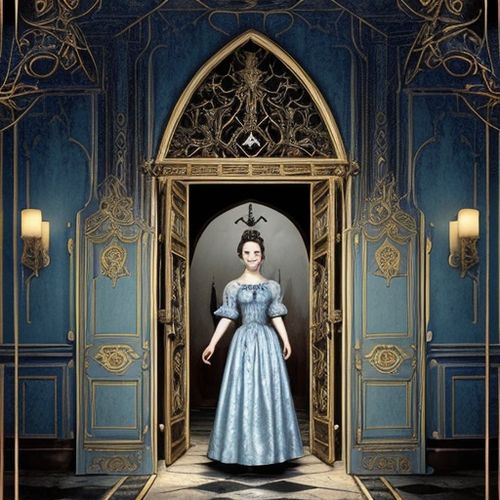
By James Moore/Apr 29, 2025
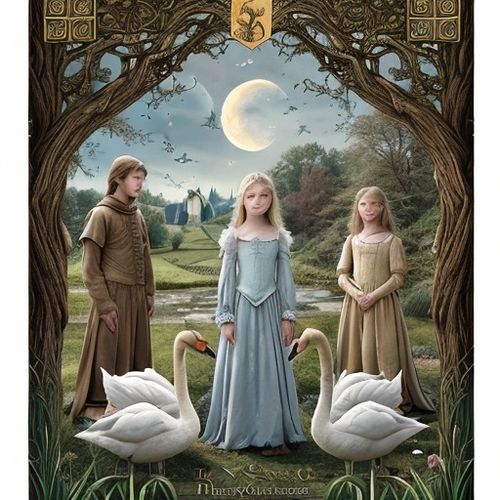
By David Anderson/Apr 29, 2025

By James Moore/Apr 29, 2025

By Lily Simpson/Apr 29, 2025

By David Anderson/Apr 29, 2025

By Christopher Harris/Apr 29, 2025

By Noah Bell/Apr 29, 2025

By Thomas Roberts/Apr 29, 2025
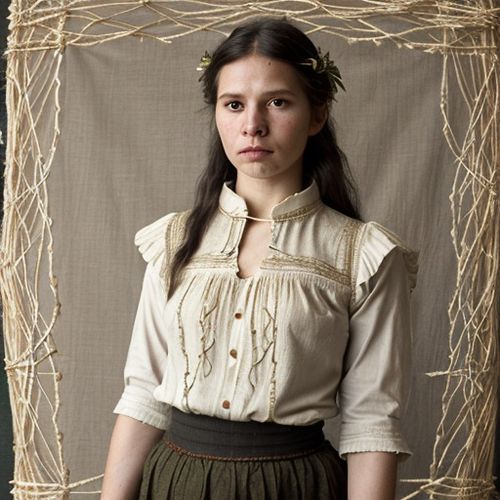
By Olivia Reed/Apr 29, 2025
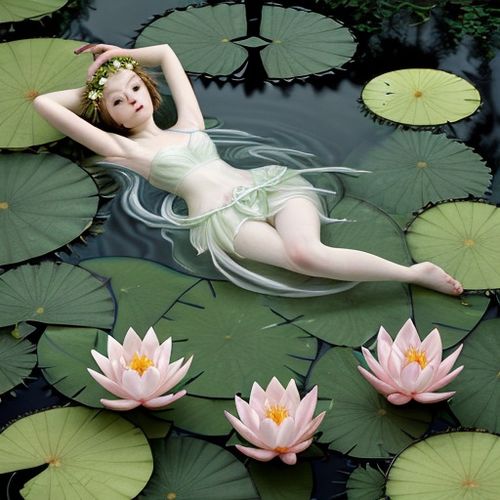
By Victoria Gonzalez/Apr 29, 2025

By Natalie Campbell/Apr 29, 2025

By Noah Bell/Apr 29, 2025

By Sarah Davis/Apr 29, 2025
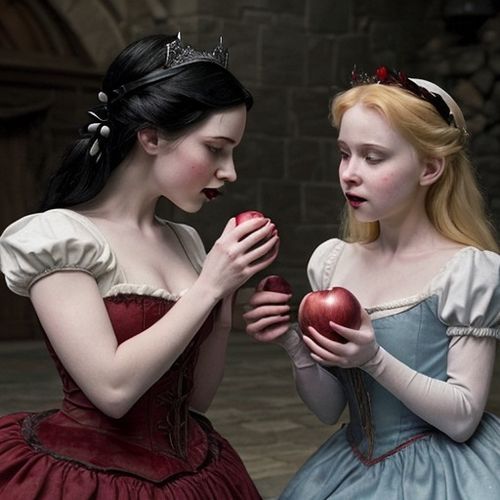
By John Smith/Apr 29, 2025
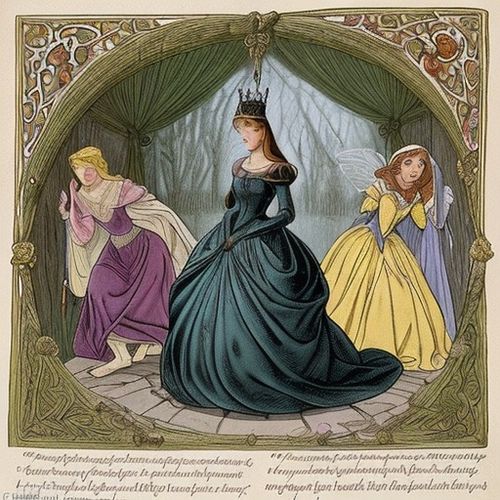
By Laura Wilson/Apr 29, 2025
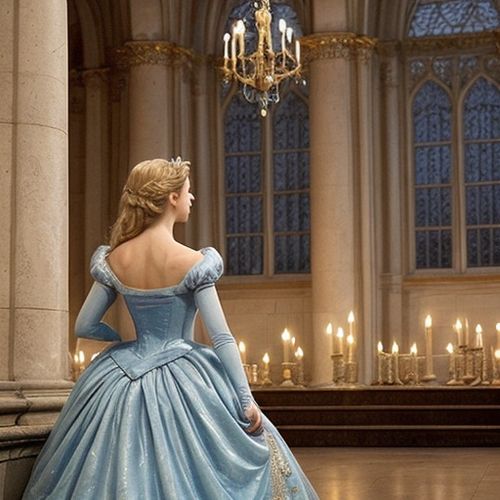
By Eric Ward/Apr 29, 2025

By Rebecca Stewart/Apr 29, 2025

By Emily Johnson/Apr 29, 2025